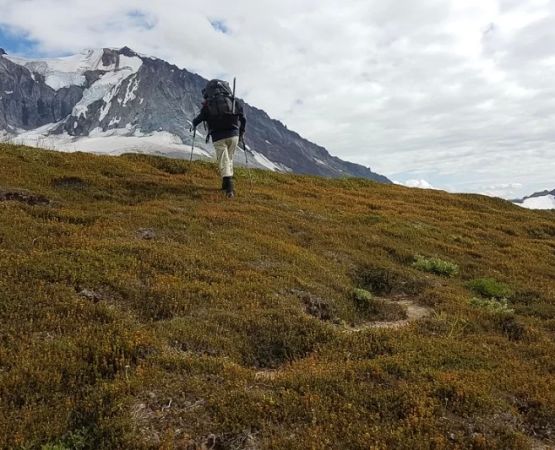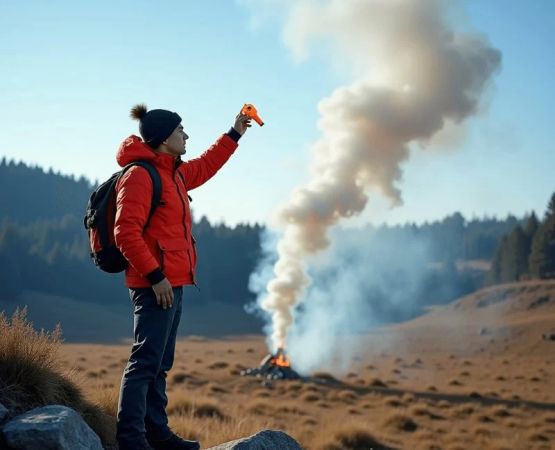- Why Hammock Camping Safety is Crucial
- Choosing the Right Location for Hammock Camping
- Proper Hammock Setup Techniques
- Weather and Environment Considerations
- Wildlife Awareness and Prevention
- Case Study: Real-Life Hammock Camping Safety Experience
- Gear Recommendations from Pine Cliff Resort
Why Hammock Camping Safety is Crucial
Hammock camping has rapidly gained popularity across the USA as a lightweight, comfortable alternative to traditional tent camping. However, despite its appeal, safety remains a critical concern. Unlike tents that provide a solid enclosure, hammocks expose campers to environmental risks like falling branches, improper suspension, and wildlife encounters. Understanding hammock camping safety tips is not just about comfort but protecting your well-being in the great outdoors.
Many beginners overlook the importance of safety, which can lead to accidents ranging from minor injuries to serious emergencies. Ensuring that your hammock setup is secure and that you choose a safe location can make the difference between a memorable adventure and a hazardous situation. Safety also enhances enjoyment by reducing stress, allowing you to relax and immerse yourself in nature confidently.
Choosing the Right Location for Hammock Camping
Evaluating Tree Health and Position
One of the foundational safety steps is selecting sturdy trees that can support your weight. Ideally, trees should be healthy, at least 6 inches in diameter, and free of dead branches or signs of disease. Avoid trees near steep cliffs, water bodies with flooding potential, or those in known wildlife corridors.
Distance and Height Considerations
The proper spacing between trees is essential for correct hammock tension—generally between 12 to 15 feet apart. Setting your hammock too high increases injury risk from falls, while too low might result in discomfort or exposure to ground hazards. Experts recommend hanging your hammock so that when you sit, it is about 18 inches above the ground, balancing safety and ease of access.
Proper Hammock Setup Techniques
Using the Right Suspension System
Choosing a reliable suspension system, such as tree-friendly straps that are at least 1 inch wide, protects both the tree bark and your safety. Thin ropes can damage trees and are prone to slipping. Invest in high-quality straps that distribute weight evenly and reduce environmental impact.
Securing Knots and Adjustments
Proper knots and secure adjustments are critical. The “marlin spike hitch” or “bowline knot” are popular among experienced hammock campers for their strength and ease of untie. Double-check every knot before settling in, especially after movement, to prevent sudden drops.
Weather and Environment Considerations
Checking Forecasts and Planning Ahead
Weather changes rapidly in many US camping regions, from sudden thunderstorms to temperature drops. Always check the weather forecast before heading out and prepare accordingly. Carry a tarp or rainfly to protect against rain and wind, and consider adding an underquilt for insulation during cold nights.
Understanding Terrain and Insects
Terrain affects safety and comfort. Avoid hanging your hammock over rocky or uneven ground where a fall could cause injury. Be mindful of insects like ticks or mosquitoes prevalent in certain areas; using insect repellent and mosquito nets integrated into your hammock system adds another layer of protection.
Wildlife Awareness and Prevention
Storing Food Safely
Wildlife encounters are a reality of hammock camping. Secure your food away from your hammock, using bear-proof containers or hanging your food bag at least 200 feet from your sleeping area. This simple practice can prevent unwanted visits from animals, including bears, raccoons, and rodents.
Recognizing Signs of Wildlife
Learn to identify animal tracks and signs in the area to anticipate wildlife presence. In high-risk zones, consider carrying deterrents such as bear spray and familiarize yourself with local wildlife behavior and safety guidelines.
Case Study: Real-Life Hammock Camping Safety Experience
Consider the story of Jake, an avid camper in Colorado, who once experienced a close call when his hammock setup failed due to improper strap selection. His hammock slipped mid-sleep, causing a fall that resulted in minor injuries but a major lesson. Since then, Jake invested in proper suspension gear and always inspects tree conditions and knots before nightfall. His experience underscores the value of preparation and adherence to hammock camping safety tips in the USA.
Jake now recommends Pine Cliff Resort as a reliable source for high-quality camping gear, including hammocks, straps, and protective accessories that ensure safe and enjoyable camping trips.
Gear Recommendations from Pine Cliff Resort
For those looking to elevate their hammock camping experience while maintaining safety, Pine Cliff Resort offers an extensive range of carefully curated camping equipment. From tree-friendly suspension straps to weatherproof tarps and insect nets, their gear is designed to meet the highest safety standards.
Besides equipment, Pine Cliff Resort provides expert advice tailored to the local terrain and climate, ensuring every camper is prepared. Whether you are a novice or a seasoned hammock camper, visiting Pine Cliff Resort can help you find the best products suited to your needs, improving safety and comfort for all your outdoor adventures.







